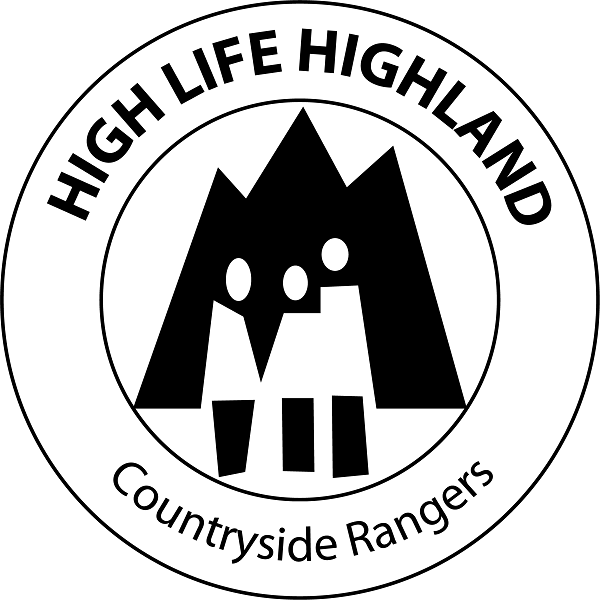
Nature Unveiled
Explore the heart of the Scottish Highlands, with the eleven naturalists from the High Life Highland Ranger service. Our articles bring you news stories about wildlife and history; Our events and conservation efforts.
By registering you agree to Substack's Terms of Service, our Privacy Policy, and our Information Collection Notice